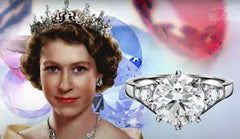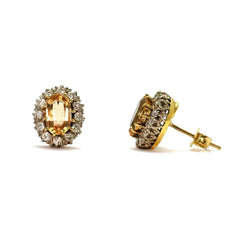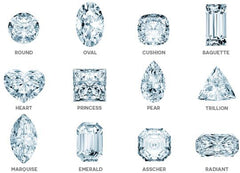WHAT ARE THE DIFFERENCES BETWEEN TYPES OF GOLD
Throughout history, gold has been prized for its natural beauty and strength. Gold is an enduring element that is resistant to rust, tarnish, corrosion, and it is also the most adaptable of all precious metals.
Pure gold is too soft for everyday wear, so it is alloyed with a mixture of metals like silver, copper, nickel, and zinc to give it strength and durability. Carat weight denoted by a number followed by “ct” indicates purity, or how much gold is in a piece of jewellery. Carat weight is expressed in 24ths, making 24ct gold, 100% gold. 18ct gold is composed of 75% gold, which is alloyed with other metals to make it strong enough for everyday wear. 14ct gold is composed of 58.3% gold and 41.7% of other metals.
24 carat = 100% gold
22 carat = 91.7% gold
18 carat = 75.0% gold
14 carat = 58.3% gold
10 carat = 41.7% gold
The colour of gold is determined by two factors, the type of metal alloys included and the percentage of each metal alloy.
Yellow Gold
Natural gold and colour-saturated alloys are what give yellow gold jewellery its rich shine. The alloys most commonly used, are copper with a red hue, and silver featuring a green hue. An expert mixture of copper, silver and pure gold gives this precious metal its signature warmth.
White Gold
The silvery white appearance is what makes white gold jewellery so appealing. In order to make the gold white, it is combined with metal alloys that are white in nature and plated with an extremely hard element called rhodium. Although strong, rhodium may wear away over time. Re plating is a simple process that can be done to restore whiteness to your jewellery.
Rose Gold
The beautiful pink hue of rose gold jewellery is created by using a copper alloy. Again, the overall percentages of metal alloys is the same for rose gold as it is for yellow or white, there is just a different mixture in what alloys are used.





